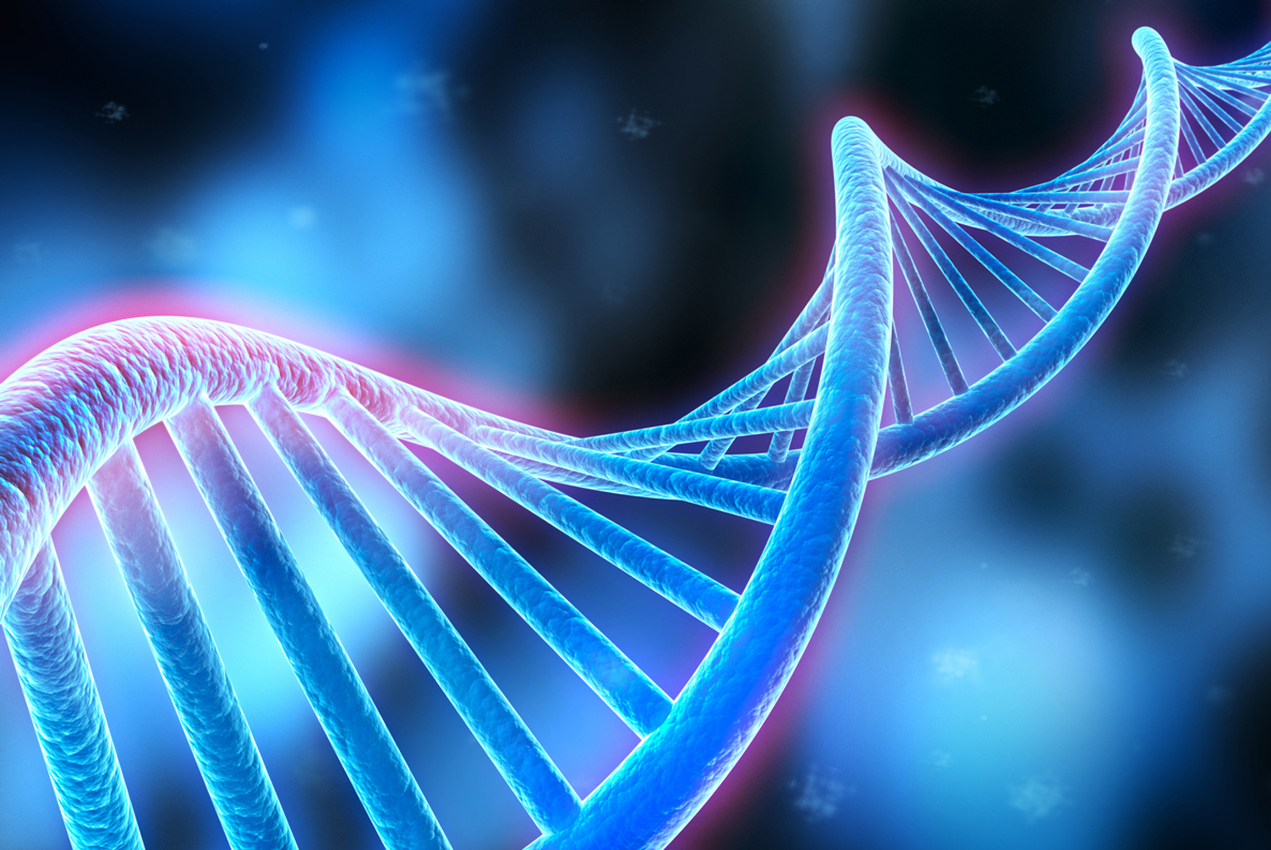The ability to sequence the genome of a tumor has revolutionized cancer treatment over the last 15 years by identifying drivers of cancer at the molecular level. But understanding the genetic diversity of individual cells within a tumor and how that might impact the disease progression has remained a challenge, due to the current limitations of genomic sequencing.
Using a microfluidic-droplet-based single cell sequencing method, researchers from the Keck School of Medicine of USC have simultaneously sequenced the genomes of close to 1,500 single cells, revealing genetic diversity previously hidden in a well-studied melanoma cell line.
The study, published on June 25 in Nature Communications Biology, demonstrates the ability of single-cell sequencing to reveal possible evolutionary trajectories of cancer cells.
“We used this approach to examine a standard cancer cell-line, examined thousands of times by many different labs,” said David Craig, PhD, co-director of the USC Institute of Translational Genomics at the Keck School and study author. “What was really surprising here was with this technology we uncovered complexity we did not expect. This line actually consistently became a mixture of different types of cells. Re-examining decades of prior work on this line — now with this new information — we have new insights into tumor evolution.”
Currently, the genetic information of a tumor is typically obtained by sequencing millions of tumor cells together, rather than individually. While this method offers a broad view of the genetic makeup of the tissue, it can miss small populations of cancer cells within a tumor that are different from the majority of cells.
With other approaches that analyze the DNA of individual cells, the process is laborious, taking weeks to process just a few cells and requiring resources that most laboratories do not have.
For this study, researchers used an emerging technique called “single-cell copy number profiling.” using novel analysis methods that integrated these results with those of historical methods.
“Instead of analyzing tissue DNA that is the average of thousands of cells, we analyzed the individual DNA of close to 1,500 cells within a single experiment,” said Enrique Velazquez-Villarreal, MD, PhD, lead author and assistant professor of research translational genomics at the Keck School. “Studying cancer at this higher resolution, we can discover information that lower-resolution bulk sequencing misses.”
Their analysis revealed at least four major sub-populations of cells, also known as clones, that seem to have mutated from the original cancer cell.
The ability to identify sub-clones in cancer tissue could provide important biological insights into how cancer progresses, how it spreads and why it can become resistant to treatment.
“What if there’s a small population of cells in a tumor that has acquired a change that makes them resistant to therapy? If you were to take that tumor and just grind it up and sequence it, you may not see that change,” said John Carpten, PhD, study author and co-leader of the Translational and Clinical Sciences Program at the USC Norris Comprehensive Cancer Center, chair of the Department of Translational Genomics at the Keck School, and director of the USC Institute for Translational Genomics. “If you go to the single cell level, you not only see it, but you can see the specific population of cells that has actually acquired that change. That could provide earlier access to the molecular information that could help define treatment approaches.”
The researchers plan to share their data in the hope that more cancer researchers will focus on single-cell sequencing. They are also using their technique to study genetic diversity in clinical cancer specimens as a way to better understand the early molecular changes that lead to aggressive and tough-to-treat advanced cancers.
— Laura LeBlanc
Additional study authors include Shamoni Maheshwari, Jon Sorenson, Ian T. Fiddes, Vijay Kumar, Yifeng Yin, and Claudia Catalanotti of 10x Genomics; and Mira Grigorova of Hutchison-MRC Research Centre, University of Cambridge; and Paul A. Edwards of Hutchison-MRC Research Centre, University of Cambridge and Cancer Research UK Cambridge Institute.
This study was supported by 10x Genomics, the USC Norris Comprehensive Cancer Center and the Department of Translational Genomics at the Keck School.


